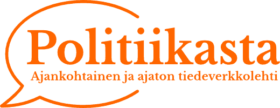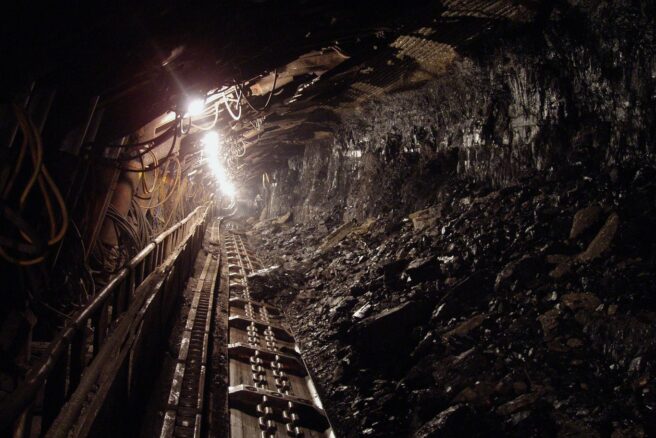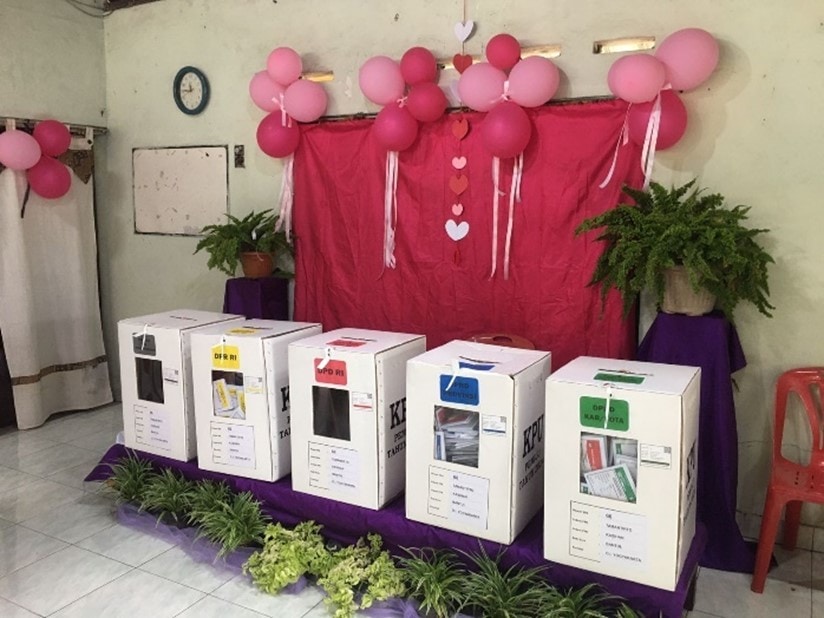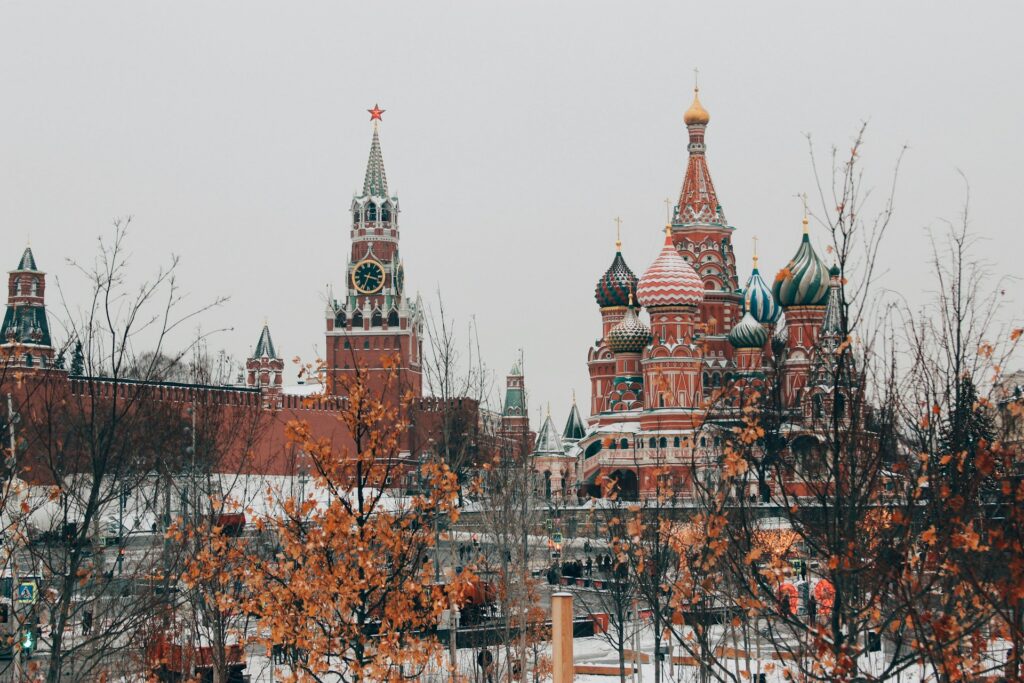The mass murder in Soma must be seen as the latest crime committed by the predominant governmentality in Turkey that is characterized by crony capitalism and an insatiable fetish for growth, Halil Gurhanli writes.
On May 13, 2014, there were approximately 800 miners trapped in a coal pit in western Turkey when an explosion led to a fire in the tunnels. According to the latest official reports, at least 301 miners died of carbon monoxide poisoning. Grief has quickly turned to rage as shady links between the mine owners and the governing Justice and Development Party (AKP) unravelled, leaving many in Turkey convinced that what happened was more a “mass murder” rather than an accident, a direct result of the crony capitalist relationships that constitute the backbone of the AKP’s so-called economic miracle for the last decade.
It is important to note that Turkey has for long been notorious for its poor labour safety record. In workplace accidents, it is by far the first in Europe and third in the world (along with China and Bangladesh), with 8,5 times more workplace accidents than the EU average. 880 000 accidents happened in Turkey between 2002 and 2013, causing 13 442 deaths in total. Since the AKP’s reign begun in 2002, 219 workplace accidents happened in an average day, claiming four lives and leaving five workers each day unable to work. In 2002, 872 workers in total lost their lives in workplace accidents while in 2013 the number was 1 235, a 40% increase in 11 years.
Mining is by far the most dangerous sector in Turkey: 10,4% of 121 000 miners had an accident at work in 2013. In 2012, the country imported 75% of its energy consumption: 98 693 kiloton of an oil equivalent. Of the remaining 25%, half is provided through lignite (brown) coal production – 15355 kiloton (TUIK 2012). About 40% of Turkey’s total two billion ton lignite coal reserve is in the Soma district where the most recent disaster happened.
For a mining company to function in Turkey, it does not only have to notice the Ministry of Labour and Social Security and receive an affirmative expertise report from the Ministry of Culture and Tourism, but also obtain the following 13 permits from various ministries, all of which are under the direct executive authority of the government.
– Mining Permit from the General Directorate for Mining of the Ministry of Energy and Natural Resources
– Environmental Effect Clarification Report, Storage Permit, Zoning and Building Permits from the Ministry of Environment and Urban Development
– Permits for Emission, Location Choice, Facility Establishment and Opening from the Ministry of Health
– Permit for the Use of Land from the landowner or the General Directorate for Rural Affairs of the Ministry of Agriculture and Rural Affairs
Permit for the Use of Explosives from the Interior Ministry
Water License from the Municipality or the General Directorate for State Hydraulic Works of the Ministry of Forestry and Water Affairs
Electricity License from the State Electricity Distribution Company.
And this is where the all-so-crucial links between the companies and government officials matter the most. Director of Mining Operations for the Soma Holding Enterprises, which runs the mine in question, is Ramazan Doğru. Mr. Doğru’s wife, Melike Doğru, is currently a member of City Council from the AKP as well as the head of Administrative Affairs at Soma Holding. There have also been reports during the past years that prior to the elections the AKP-held Soma Municipality distributed thousands of coal sacks from Soma Holding (marked “not for sale”) to the poor as thinly-veiled bribes for their votes.
Shortly after his purchase of the mine, Alp Gürkan, the CEO of Soma Holding, was proud to announce that they managed to “drop the cost of coal to $24 per ton from $130 before privatization”. Visiting one of Soma Holding’s many mining pits in the region in July 2013, Minister of Energy and Natural Resources Taner Yıldız (AKP) praised the company for establishing “exemplary mining complexes that prioritize the safety of miners”. In an interview on 29 April 2013, Gürkan claimed that all the company’s pits were equipped with rescue chambers where 500 workers could survive up to 20 days thanks to water and food supplies as well as direct air connection channels with the surface.
The latest disaster is a strong indication to the opposite, for the surviving miners said that they have not been through any relevant training or even heard of such rooms and facilities. They also witnessed numerous times that the so-called surprise inspections by the authorities were a sham, prearranged well in advance for the owners to give a quick make-up for the parts that were in an immediate sight. None of the miners have seen inspectors going deeper than a few dozen meters into the mines. Contrary to the claims of the owners and government officials that the “accident” was caused by a faulty power transformer, independent investigators concluded, in no equivocal terms, that it was due to exceptionally high levels of methane, gradually increasing for the past few months. Three major Turkish newspapers reported that government investigators had obtained data from the mine indicating dangerous levels of gas just two days before the disaster.
Most strikingly, an official parliamentary proposal made by the opposition parties in October 2013 to establish a parliamentary commission for investigating the increasing number of workplace accidents in the mines around the Soma district and improving the miners’ working conditions by imposing tougher health and safety regulations was rejected by the AKP members on 29 April 2014, two weeks before the disaster. Considering the proposal yet another “flimsy attempt by the opposition to deadlock the government’s agenda”, MPs from the AKP argued that the safety and working conditions in Turkish mines were superior to many of those in other countries. If needed, it would be “the government that made the best regulations before anyone’s nose even bled.’
In fact, since the very beginning, the AKP government has been holding a distinctly fatalistic discourse in regards to workplace accidents. In various instances, PM Recep Tayyip Erdoğan and the members of his government have claimed that it is “in the nature of mining work” to risk one’s life. Following another mining disaster in May 2010 that caused 30 deaths, while the PM repeated the well-known “risk in the nature of work” argument the then-Minister of Labour found optimism in the fact that the lifeless bodies of miners had remained intact and not blown into pieces. In Minister’s own words, they had at least “died beautifully“. There has been no resignation in the parts of ministers of Energy or Labour, let alone any more senior figures in the AKP government. The party spokespersons keep blaming the critics for opportunism and cold-bloodedness since they “accuse the government for a disaster that it had no responsibility in or effect on”.
To add insult to injury, a few days after the Soma disaster the prime minister, with a straight face and no sign of irony, drew parallels with the 19th century Britain to declare: “In a slide in 1862, 204 people died, in 1866, 361 people died, and in an explosion in England in 1894, 290 died. So this is what happens in coal mining. There is no such thing as accident-free work”. Mourning families, however, did not share his fatalism and protested en masse when Erdoğan came to visit them in Soma, only to get kicked by one of his aides and even slapped by Erdoğan himself if they happened to be in his arm’s reach.
The miners’ unions and many other civil society organizations also refuse to share the government’s fatalism and instead consider the increasing number of workplace accidents in the mining industry as a direct outcome of the policy of privatization, subcontracting and deunionization. Thanks to their shady and lucrative deals with the government, these companies act with total impunity as long as they fulfil their production quotas and provide low-cost coal to the State Coal Enterprises. They employ thousands of unregistered miners and child workers, increase working hours, and totally disregard health and safety regulations to cut the production costs.
As trade union density has dropped to its lowest level in Turkish history due to the government’s relentless policy of deunionization, miners, like workers in other sectors, have also witnessed a considerable meltdown in their rights and freedoms for the last decade, finding themselves increasingly more helpless to fight against the exploitative working conditions. While the unionization rate in OECD and the EU stands at 17.5% and 23% respectively, it has dropped from 9.5% in 2002 to 5.9% in 2011 in Turkey, placing the country decisively to the bottom of both lists. Moreover, this figure falls as low as 3.5% in the private sector where most of the Turkish miners are employed.
For these reasons, trade unions in Turkey, including the biggest trade union confederations: Confederation of Revolutionary Workers Unions (DISK), Confederation of Public Sector Workers Unions (KESK), Union of Engineers and Architects (TMMOB), and Medical Doctors Union (TTB) consider what happened on 13 May 2014 not as an accident but a “mass murder”, committed by not only the companies and sub-contractors in question but also the government.
Recently this principle of governance in Turkey has been dubbed as a policy of “merciless growth”, whereby human life, environment, public space, history and everything else are sacrificed for the absolute fetish of economic growth. A growth that is largely driven by the already overheating housing and construction sectors, which remain firmly in the hands of a limited number of business moguls who are in intimate terms with the government, and inflicts irreparable damages to the historical, cultural, societal and environmental riches of the country. Soma Holding is indeed one of these actors. It was thanks to the AKP’s 2005 privatization law that the company, millions of dollars in debt at the time, raised from its ashes and took over various state-owned mining pits in the Soma region, winning tenders worth €25bn and becoming the 231st biggest company in Turkey in just five years. As Yaşar Adanalı, an Istanbul-based researcher of urban development, has put it:
“The capital accumulated by the exploitative working conditions is highly visible in the city, as it fuels the erection of many speculative real estate projects, such as the Spine Tower of Soma Corporation. The Spine Tower in Maslak, the major business district in Istanbul, is the tallest skyscraper in town and one of the most expensive, with its $10.000 price tag per square metre. This project is being promoted, again ironically, as being “the most safe high-rise project in Turkey” due to the quality of its construction. “Safety” and “quality” is withheld from the mine’s working conditions as we all know. After the Soma Massacre, people in Istanbul had organised various protests in front of the Spine Tower Project, stating that “the blood of the workers is dripping from the tower.””
Such a merciless pursue for growth also fails to trickle down enough to increase the living standards of its population. Case in point: according to the latest OECD data, Turkey has the third highest level of income inequality and relative poverty among the member states. With 50% of the families with children struggling to afford food, it remains at the very bottom of the list. Despite the government boasting about its great leap forward for the “New Turkey” that is supposed to be one of the ten largest economies in the world, these figures are steadily getting worse since 2008.
In the meantime, however, the prime minister keeps unveiling his so-called “crazy projects” (çılgın proje) one by one – including the world’s largest airport and the third bridge over Bosporus to be built in northern part of Istanbul, as well as an artificial channel that would run parallel to the strait and connect the Black Sea with the Sea of Marmara. All but the staunchest supporters of the government agree that these projects are indeed crazy: Aside from being utterly unfeasible in financial terms, urban planners and environmental engineers warn that they would seriously harm the ecological and economic sustainability of Istanbul and its surrounding regions. While the proposed channel would most probably further decrease the already low oxygen level in the Marmara Sea, turning its bottom level eventually anoxic and, thus, causing the whole Istanbul smell like rotten egg due to the hydrogen sulphide release, the airport and bridge projects that are already underway will destroy most of the green areas and wetlands in the north that constitute the lifeblood for this giant city of about 15 million residents.
It was precisely these inhumane aspects of Turkey’s crony capitalism and a fetish of growth under the AKP government that made millions take the streets in last year’s Gezi protests. As the protestors repeatedly put it, they have not risen to save just “a bunch of trees” in Istanbul’s Gezi Park but to put a stop to the merciless way in which the government has been sacrificing their lives and livelihoods in the service of economic growth. Thus, the mass murder in Soma must be seen only as the latest crime committed by this predominant governmentality in Turkey that is characterized mainly by crony capitalism and an insatiable fetish for growth. One has to pass through the issues that are related to the so-called Islamisation of society or secular vs. conservative divide in Turkey in order to be able to see the underlying murderous regime that the AKP really is.
Article image: Angela / Pixabay





